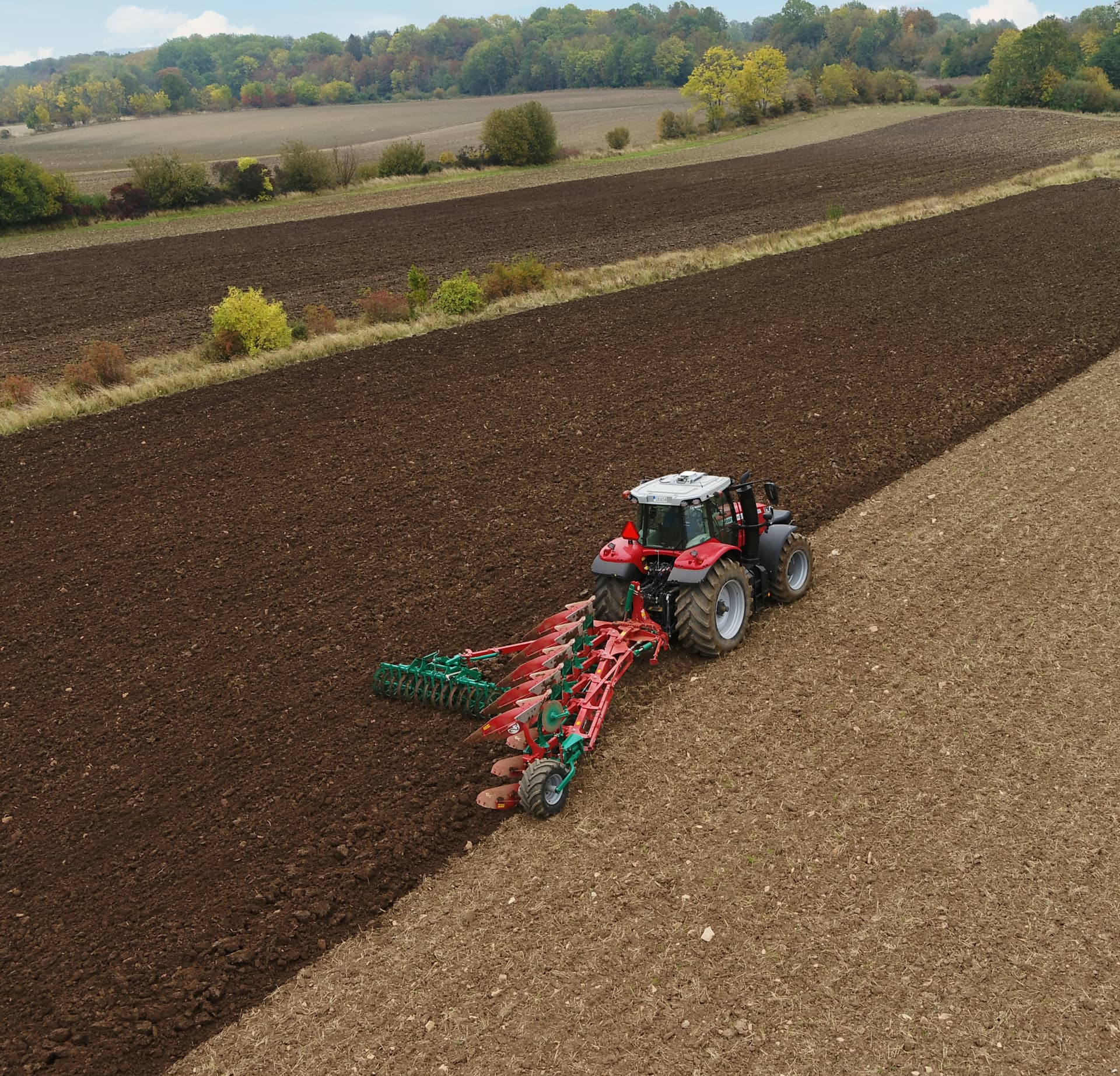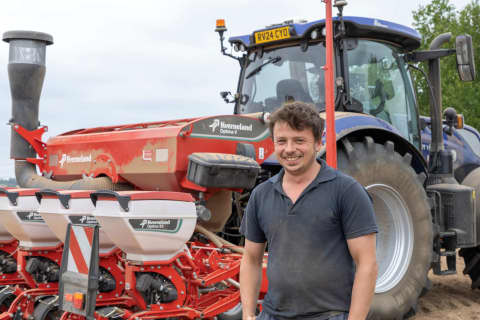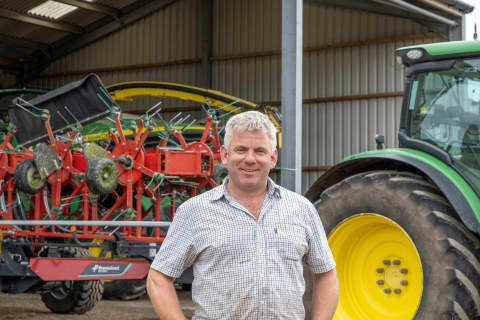Some may ask Why ploughing ?
From a neutral point of view, we can answer the following by combining empiric farmers experience and recommendations:
Ploughing is an efficient method of seedbed preparation. Weeds, slugs, pests are controlled. Residues are managed. Soil health can be improved.
The benefits from ploughing can be addressed through 4 factors:
Flexibility
- Compatible with autumn and spring cropping rotations reducing risk of weather volatility
- Suitable for varying crop varieties and rotation opportunities
- System application for different soil types and follow up operations
Soil structure maintenance
- Ability to remove and prevent compaction layers at varying depths as required
- Incorporates residue mix within worked soil profile reducing risk of restrictive layer
- Provides full inversion and distribution of soil aggregates for moisture, oxygen, nutrients and root transition through the working profile
Efficiency
- More at the right time with settings to match soil types and conditions (Variomat enables working width adjustments depending on soil conditions)
- Low cost of crop establishment. Only 2 pass system when conditions allow
- Operator friendly for 24 hour operation
- Satisfies increased demand for variation in working depth especially shallow operation. This implies managing the entire working width when ploughing.
Environmental
- Reduces risk of erosion and traffic compaction when used in conjunction with a packer (Packomat or Kverneland packers). 2 operations in only 1 pass.
- Full burial of weeds within working depth of soil reducing chemical usage
- Can be beneficial in organic systems - cover crop incorporation
- Improved weed and pest control within system rotations
There is plenty to say. The experience of farmers is equally important. We have asked them Why ploughing ? Why ploughing with Kverneland ?
Here are the answers from Mr Gjesdal based in South West Norway.




